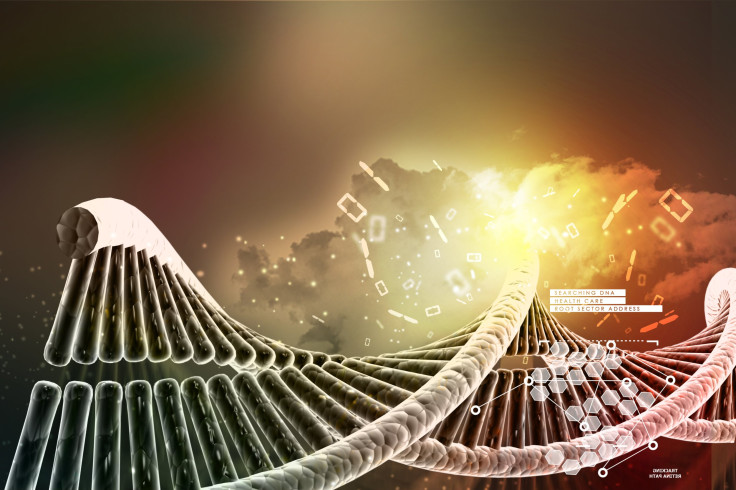Junk DNA 'Pseudogene' May Cause Cancer By Acting As Red Herring Within Genome

A mere four percent of the universe, scientists tell us, consists of regular matter, with dark matter and dark energy occupying the overwhelming majority of space. So, too, with the human genome — just 8.2 percent of our DNA is considered functional, the remainder being so-called "junk genes." A new study finds evidence that one non-functional gene may play a role in causing cancer.
This research suggests, then, that other non-coding genes may perform unseen tasks and so contribute to the functional genome.
A gene is considered non-functional when it is non-coding. Non-coding means it does not produce proteins, which act as the workhorse within each of our cells, performing real catalytic and structural jobs. Pseudogenes are a sub-class of non-coding RNA believed by scientists to be mere relics of evolution — like the stuff in your house you never use but cannot discard. Still, the fact that our genome retains 20,000 such remnants suggests they may be necessary and may, in fact, perform some unknown biological function.
Curiously, the majority of pseudogenes have functional (or protein-coding) counterparts. In a past study Dr. Pier Paolo Pandolfi, Cancer Research Institute investigator at Beth Israel Deaconess Medical Center/Harvard Medical School, discovered that this shared genetic background between a pseudogene and its counterpart allowed pseudogenes to act at times as "decoys." In these instances, a decoy pseudogene might divert and sequester tiny pieces of RNA (microRNAs) away from their counterparts and in so doing regulate gene activity. By acting like bait and ensnaring other cellular players into its game, a pseudogene could effectively silence its functional genetic counterpart — prevent it from producing proteins — or cause it to over-produce.
Despite its inability to produce proteins, a crafty pseudogene might still exert an influence and alter the function of a cell.
The Genome's Red Herring
For the new study, Pandolfi and his colleagues investigated whether pseudogenes, the genome's red herring, might impact not just a cell but the whole organism and possibly even contribute to the development of disease.
They focused on the BRAF pseudogene because it exists in both humans and mice and mutations of the BRAF gene are well-known in cancer. In previous simple cell culture experiments, Pandolfi and his co-researchers demonstrated that when BRAF pseudogene acted as decoys and hindered microRNAs from fulfilling their duties, severe consequences resulted — cancer cells became more aggressive. Would the same be true, the researchers wondered, in a whole living organism such as a mouse or even a human?
For the new study, the team began by testing the BRAF pseudogene in a tissue culture, where they confirmed the fact that the pseudogene increased the total amount of BRAF protein and in turn this led to a cancer cascade. Next, they created a mouse in which the BRAF pseudogene was overexpressed. By rights, this (supposedly) non-functional genetic material should have been powerless within the mouse. However, that's not what the researchers discovered.
The non-functional BRAF pseudogene, by playing its decoy game, led to the production of higher levels of BRAF protein within the mice. The strange result? The mice developed an aggressive lymphoma-like cancer.
After confirming these results in a series of experiments, the researchers believe they need to increase their understanding of all the so-called junk DNA tucked within the genome. If they serve a biological purpose, this neglected material may in fact contribute to the functional genome which would be much larger than previously thought — perhaps even triple or quadruple its current known size. As in space, this dark matter of the human genome contains secrets, unforeseen mysteries, and so represents a unique opportunity for exploring, possibly curing, our cells... and our selves.
Source: Karreth FA, Reschke M, Ruocco A, et al. The BRAF Pseudogene Functions as a Competitive Endogenous RNA and Induces Lymphoma In Vivo. Cell. 2015.
Published by Medicaldaily.com



























